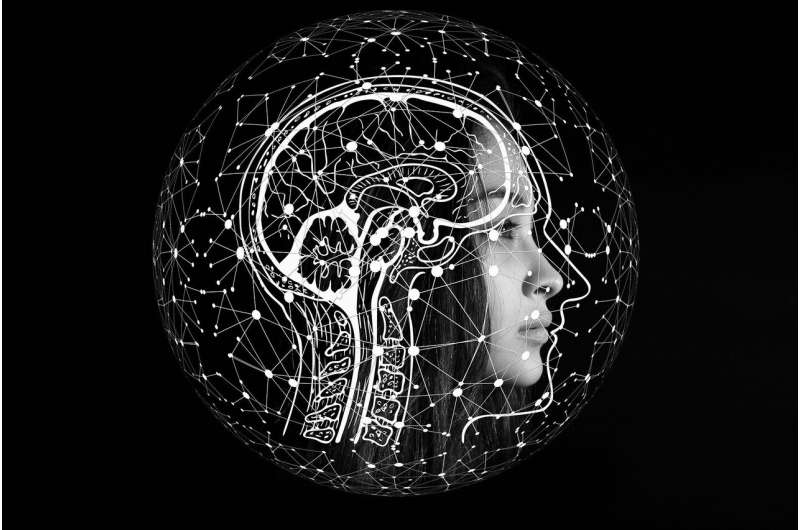Researchers have introduced an innovative non-invasive brain stimulation technique called Patterned Low-Intensity Low-Frequency Ultrasound (LILFUS). This method offers a safer option compared to traditional brain stimulation methods by precisely targeting specific brain regions with fewer risks.
LILFUS works by activating mechanosensitive calcium channels in astrocytes, which can influence neural plasticity and potentially aid in treating various neurological disorders. This advancement is significant as it opens new possibilities for treating conditions like depression and enhancing cognitive functions without the need for invasive procedures.
Key Points:
Non-Invasive and Precise: LILFUS can accurately target deep brain tissues, addressing the limitations of existing brain stimulation methods.
Mechanism of Action: The technique modulates neural plasticity by activating mechanosensitive calcium channels in astrocytes.
Broad Therapeutic Potential: Initial studies suggest LILFUS could improve motor skill learning and have applications in stroke rehabilitation therapies and other neurological disorders.
The human brain’s ability to adapt to changes, known as neural plasticity, is crucial for understanding cognitive functions and neurological disorders.
Dr. PARK Joo Min and the team at the Institute for Basic Science (IBS) developed LILFUS, aiming to revolutionize brain disorder treatments.
Traditional brain stimulation methods like magnets and electricity have limitations in terms of precision and depth of penetration. Invasive methods offer better control but come with risks.
In their study, researchers used ultrasound to precisely stimulate specific brain areas, as ultrasound can penetrate deep into brain tissues.
They found that ultrasound stimulation can influence neural plasticity by activating calcium channels in astrocytes, which play a role in calcium uptake and neurotransmitter release.
LILFUS was designed to mimic brainwave patterns observed during learning and memory processes, allowing researchers to activate or deactivate specific brain regions as needed.
In experiments with mice, ultrasound stimulation led to improvements in motor skill learning and changes in limb preference, showing promise for stroke rehabilitation and other neurological conditions.
Overall, LILFUS represents a significant advancement in neurotherapy, offering hope for safer and more effective treatments for brain disorders and cognitive enhancement in the future.
















































